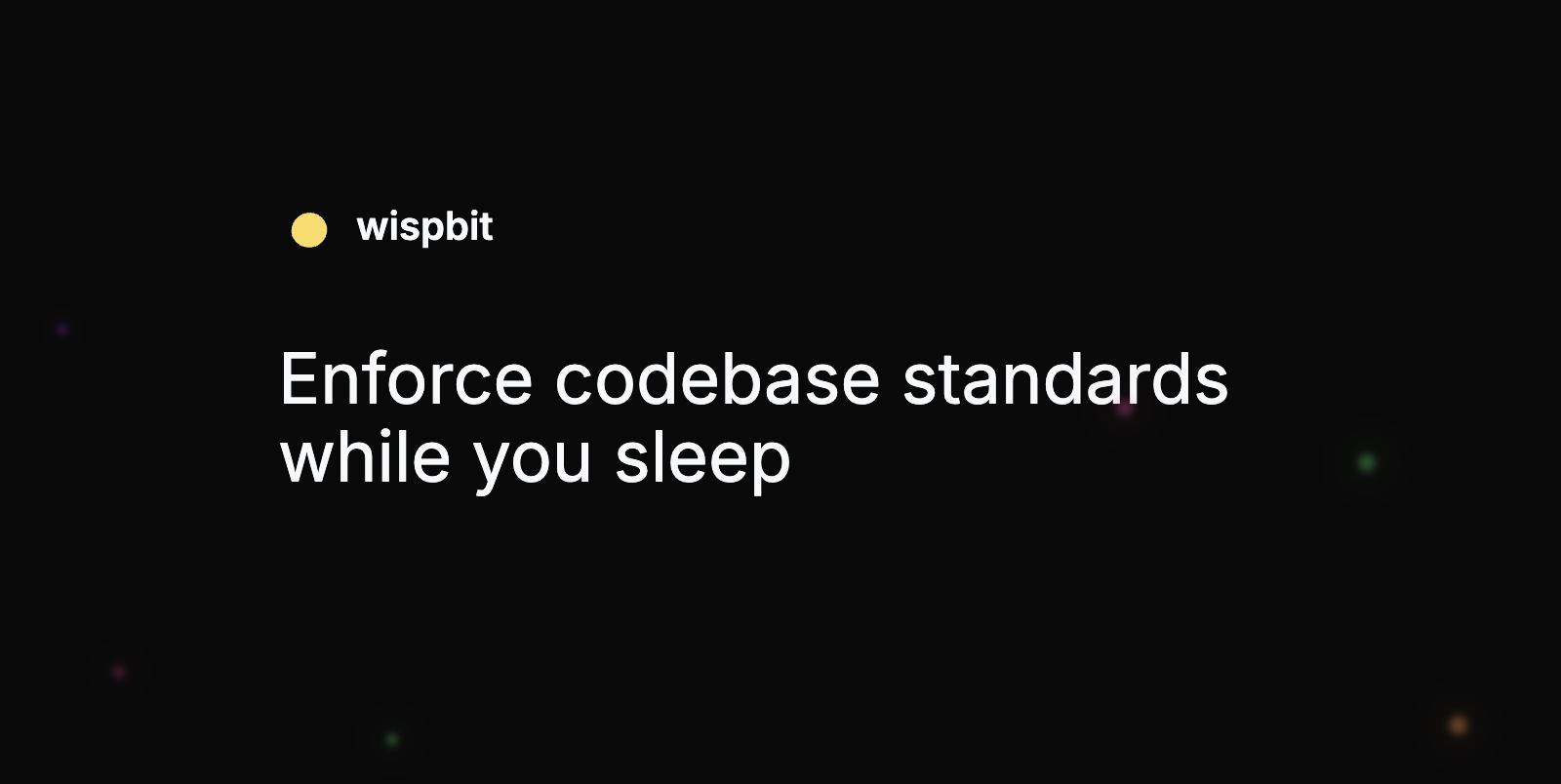DevOps Articles
Curated articles, resources, tips and trends from the DevOps World.
The Reality of Edge Application Development

Summary: This is a summary of an article originally published by The New Stack. Read the full original article here →
Running applications at the edge offers many advantages if architected well, including lower latency and cost effectiveness, as well as easier compliance with privacy and data regulations, especially for data-heavy workloads. The edge exposes the need for a completely new development framework, replete with newer data management APIs and services, novel ways of invoking, slicing and stitching together artificial intelligence/ machine learning toolchains, and a new set of energy-efficient AI/ML algorithms for computer vision and natural language understanding (NLU).
Currently, many of the major cloud service providers (CSPs) are trying to tailor and extend their cloud platform – for example, Google Anthos or Amazon Outpost – to solve the edge development and operational challenges. The rationale being quite simple: to bring to the edge the same development and operational paradigm a customer is used to in their public cloud and the promise of seamlessness, especially if you have bet on a singular cloud provider.
To enable a new slew of edge applications, developers need help with two categories of edge services: one around new APIs for application development, and another for simplified life cycle management.
Product
Useful Links
Made with pure grit © 2025 Jetpack Labs Inc. All rights reserved. www.jetpacklabs.com





